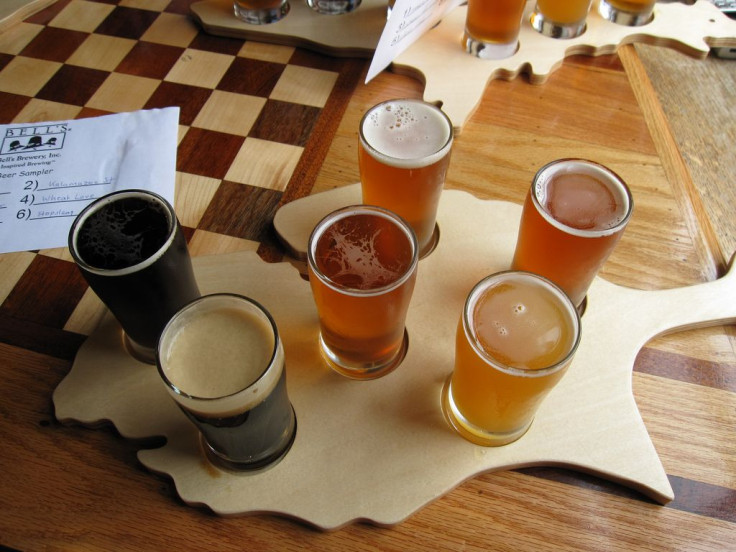New Strains Of Beer Yeast Will Make Lagers Less Boring By Adding More Flavor Profiles

It is a truth universally acknowledged that any man or woman in need of a drink should probably have a beer. Whether it’s dark or light, porter or IPA, beer will always hit the spot. And though I am no cicerone, there is no group of beers more diverse and eclectic than the ale. Lagers, on the other hand, always seem to taste the same. Lucky for us, a group of thirsty microbiologists are seeking to change this by using the powers of science to improve the lager-drinking experience. By crossing two relevant breeds of yeast to create new lagers, Dr. Kevin Verstrepen and Stijn Mertens, and their team, are giving ales a run for their money.
Science-savvy master brewer Verstrepen explained that there is a reason why having tasted one lager means tasting them all: A lack of genetic diversity among lager-producing yeasts tends to create a uniform flavor. When looking at the genetic components of lager yeast, researchers found this type of beer tends to come from just two crosses of the same parent yeasts: Saccharomyces cerevisiae and S. eubayanus. Producing any other variation from these two yeast species proved to be a challenge, as their genetic makeup was so different.
"We figured that if we could create more crosses between S. cerevisiae and S. eubayanus, we would perhaps produce a set of more diverse lager yeasts, which could yield more diverse lager beers," said Verstrepen, a professor in Genetics and Genomics at the University of Leuven.
To make this happen, the team set the perfect mood for the yeast to get funky (sans candles and Barry White playing) by experimenting with different temperatures and growing media.
When they finally created the perfect atmosphere for yeast-love, some serious magic started to happen. A total of 31 strains were tested, amounting to 10 possible new candidates that worked well in terms of fermentation speed and flavor. Of the others, Verstrepen said, “Some were really bad.”
The 10 were further weeded down to four, which were then tested in full-scale fermentations. Two of them turned out to be serious home runs. Not only did they ferment more quickly than the commercial lager the team used as a point of reference, but they were delicious, too.
Merten, Verstrepen’s colleague and lead author of the study, said their new breed of yeast has created any lager fan’s dream. "We found that the different lager yeasts that we created showed very different aroma profiles compared to today's commercially available lager yeasts," he said.
"This means that it now becomes possible to make lager beers that, like ale beers, are more different from each other, and this without the need to extensively change the production process."
And you can definitely trust these guys when it comes to optimizing flavor. Their previous work also featured using different microbes and fermentation processes to make chocolate better — not an easy feat considering it’s already awesomely delicious.
When this beer will come to a pub near you remains to be seen, but when it finally does, you may start looking at lager differently.
Source: Vestrepen K, Mertens S, et al. A large set of newly created interspecific yeast hybrids increases aromatic diversity in lager beers. Applied and Environmental Microbiology. 2015.
Meersman E, Steensels J, Paulus T, et al. Application of a breeding strategy to generate robust yeast starter cultures for cocoa pulp fermentations. Applied and Environmental Microbiology. 2015.



























